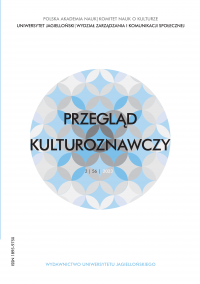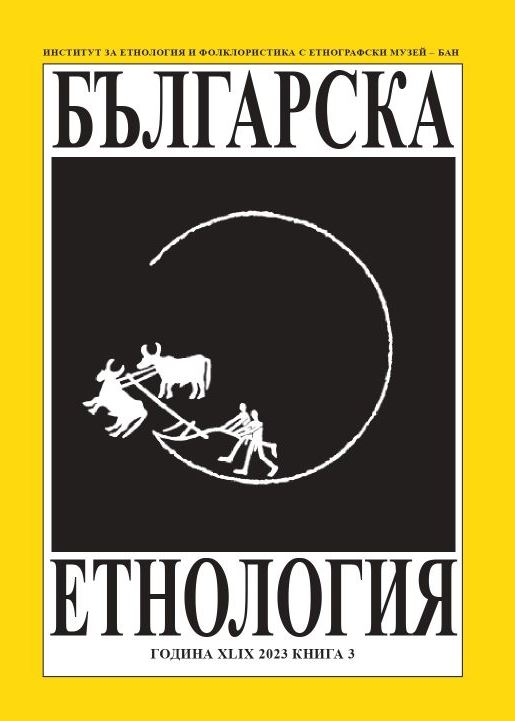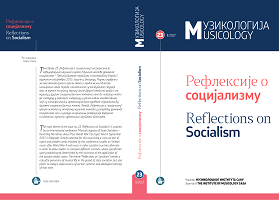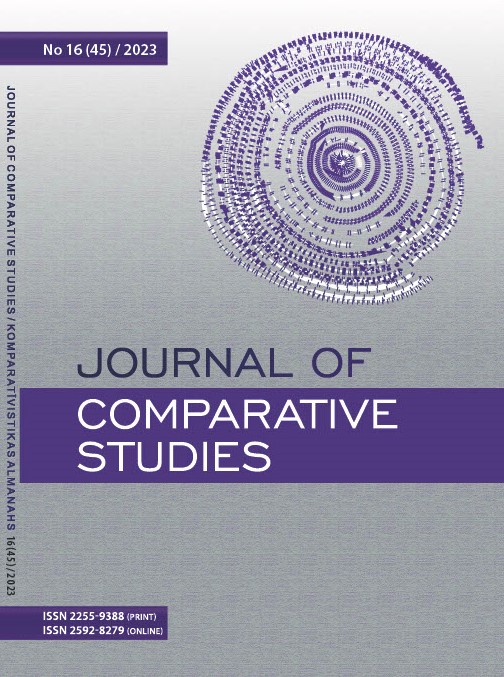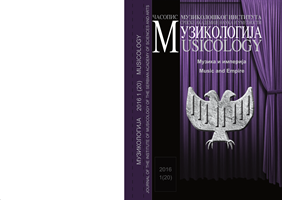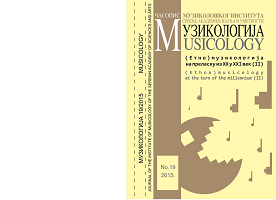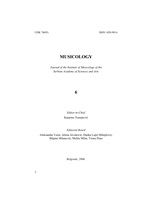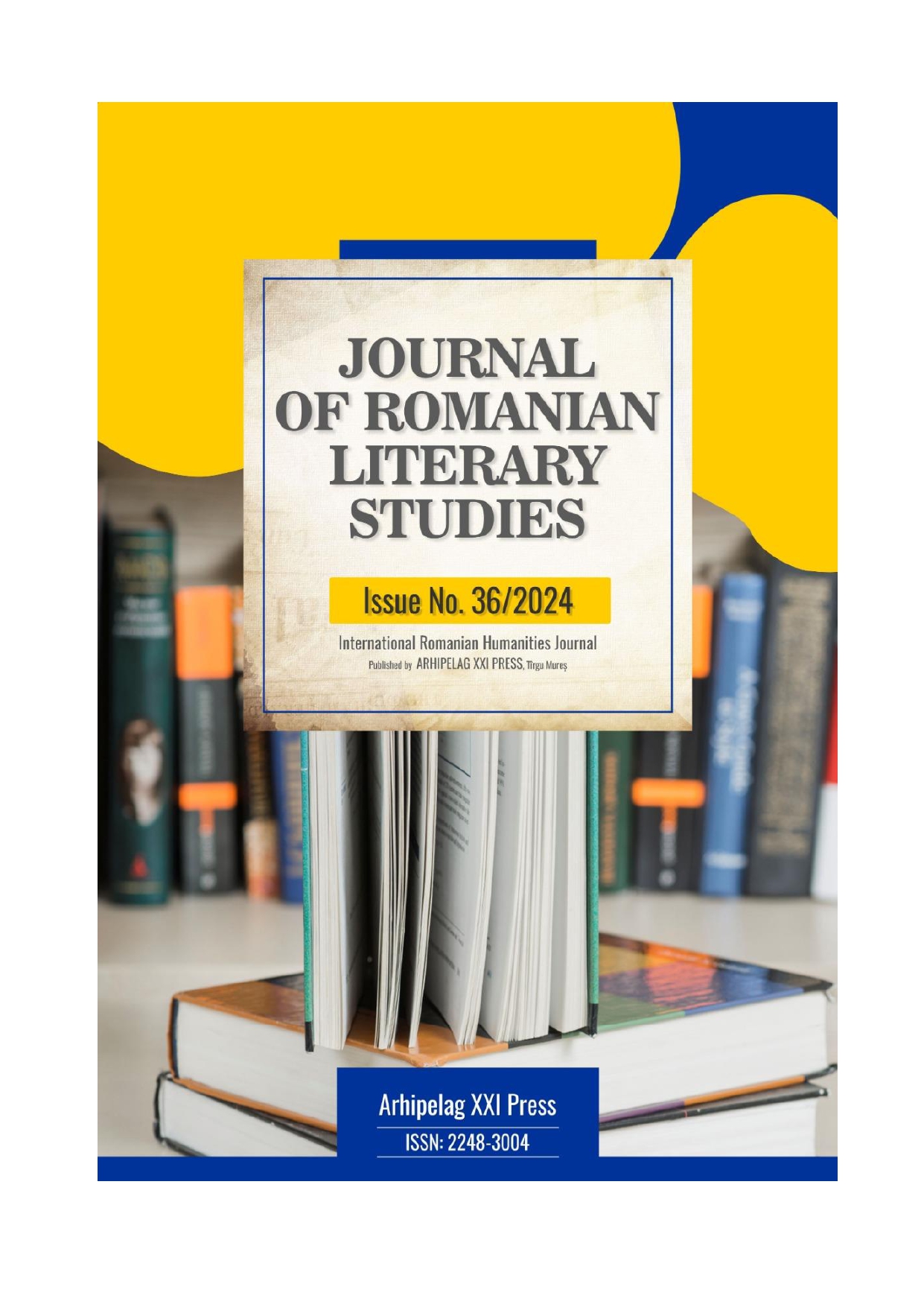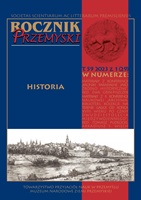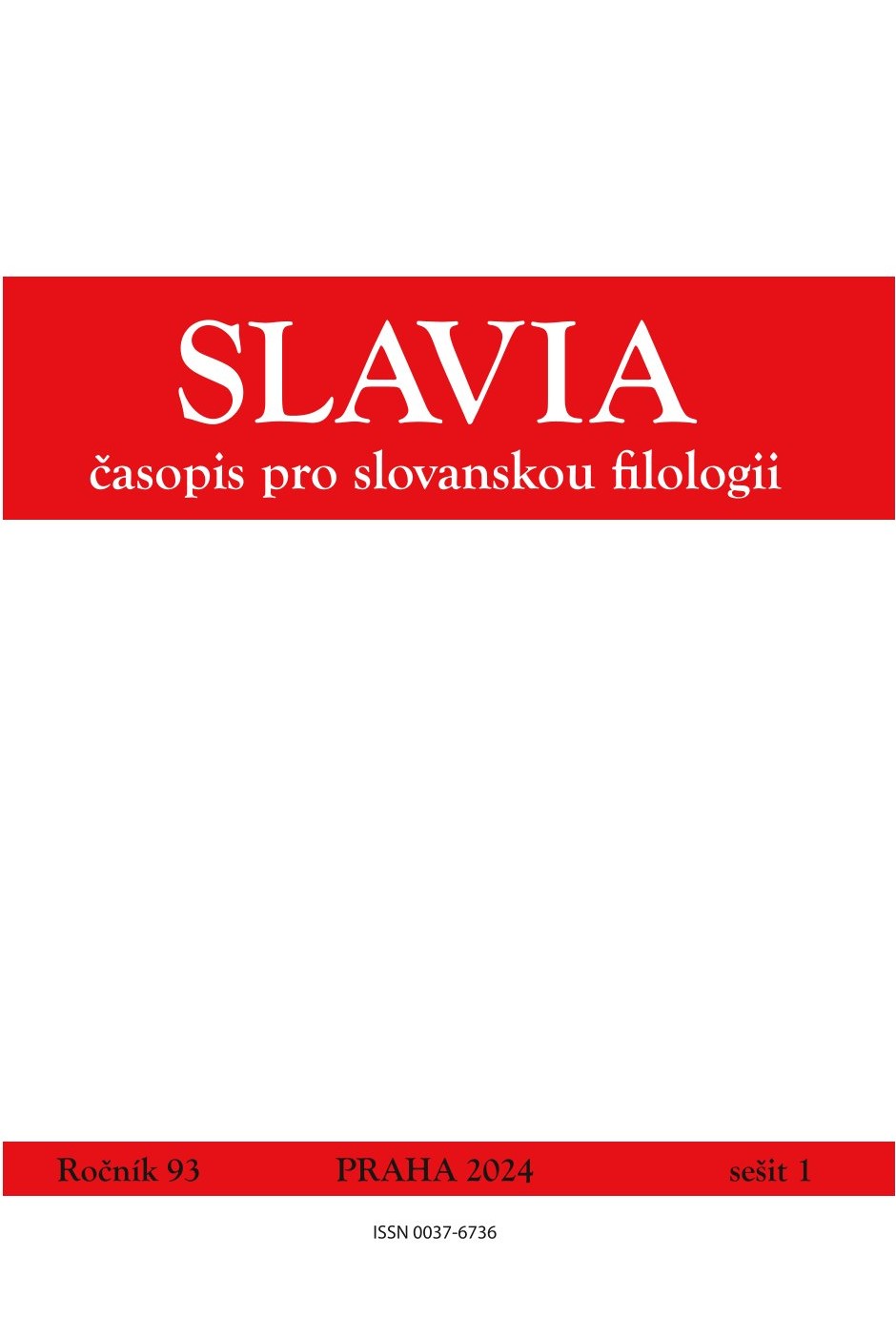Author(s): Marija Dumnić / Language(s): English
Issue: 19/2015
The International Society for Ethnology and Folklore (Société internationale d’ethnologie et de folklore — SIEF) is a professional organisation that assembles ethnologists, anthropologists, folklorists, ethnomusicologists, linguists, sociologists and others. The Society held its 12th Congress in Croatia in June 2015 with the theme Utopias, Realities, Heritages: Ethnographies for the 21St Century, assisted by local organizers, the Department of Ethnology and Cultural Anthropology of the Faculty of Humanities and Social sciences of the University of Zagreb, and the Institute of Ethnology and Folklore Research in Zagreb. Although one of the largest humanities conferences in the region, it attracted many scholars from other parts of the world, who offered contributions on various topics related to the conference theme: archives, body/embodiment, digital/virtual, disciplinary discussions, food, gender and sexuality, heritage, home, migration/borders, museums, narrative, politics and social movements, religion, rural, socialist, post-socialist and urban studies, including music. Thus, it is understandable that throughout the conference there were continuous sessions showing ethnographic films, since they, as a medium, potentially encompass all humanities and social sciences.
More...
